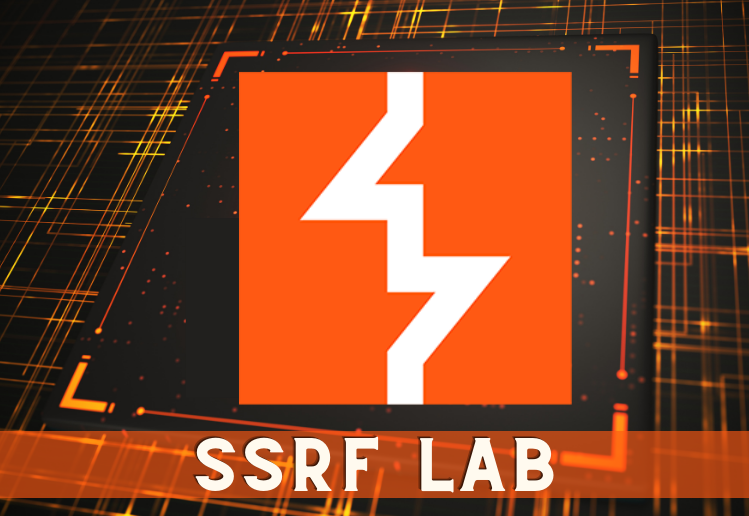Portswigger: Exploiting XXE to retrieve data by repurposing a local DTD Writeup
Lab link. This lab has a “Check stock” feature that parses XML input but does not display the result. To solve the lab, trigger an error message containing the contents of the /etc/passwd file. You’ll need to reference an existing DTD file on the server and redefine an entity from it. When applications return all error messages …



